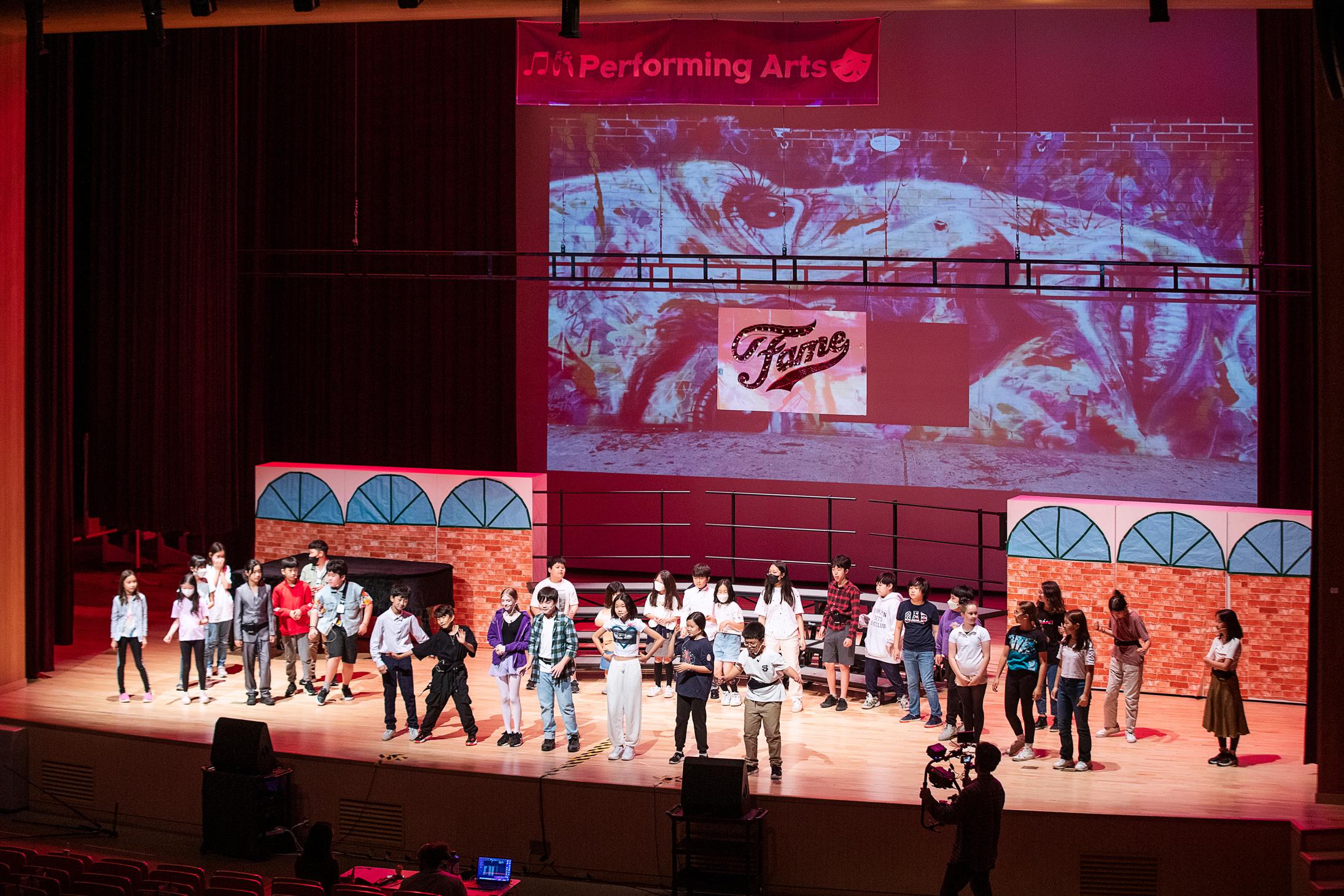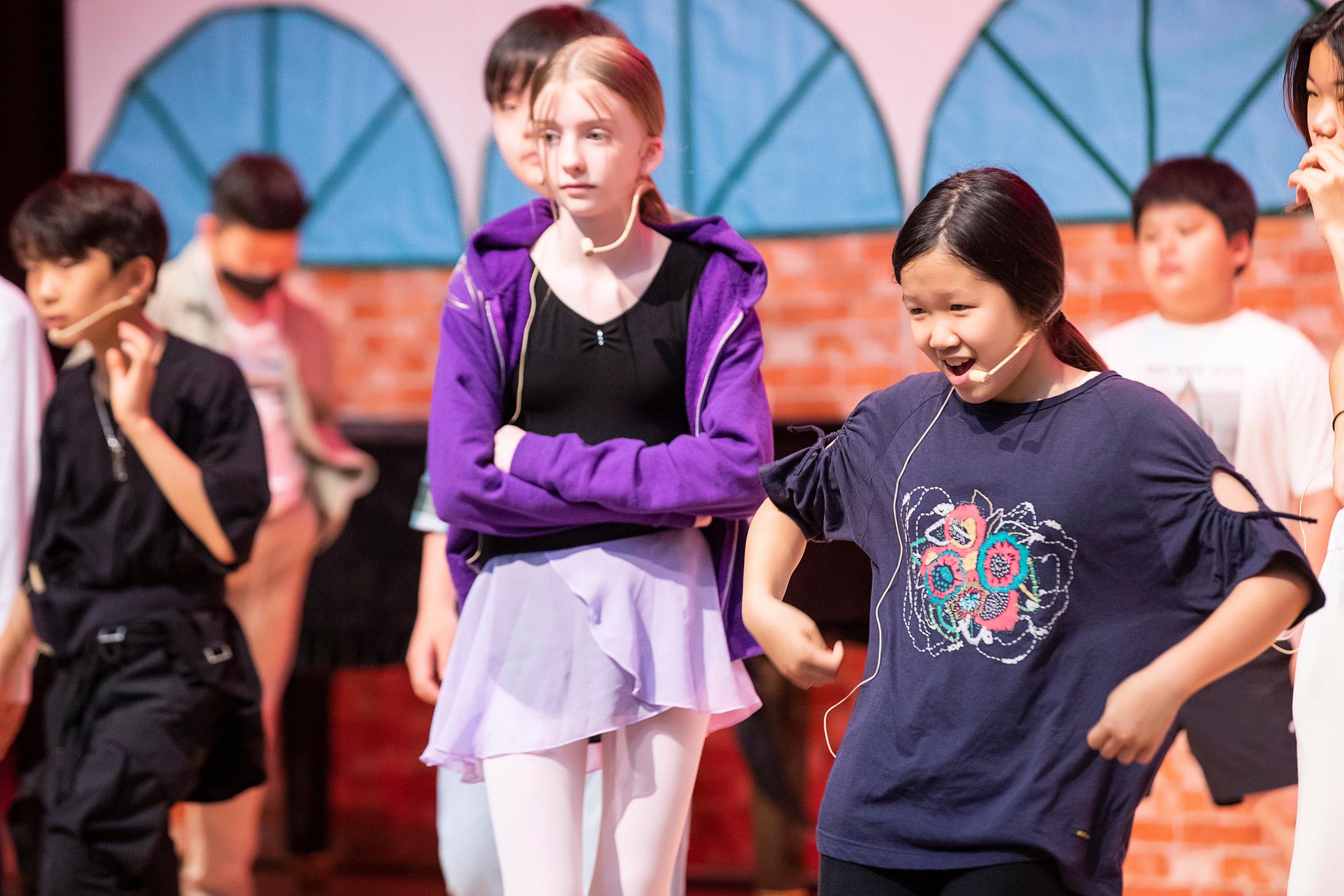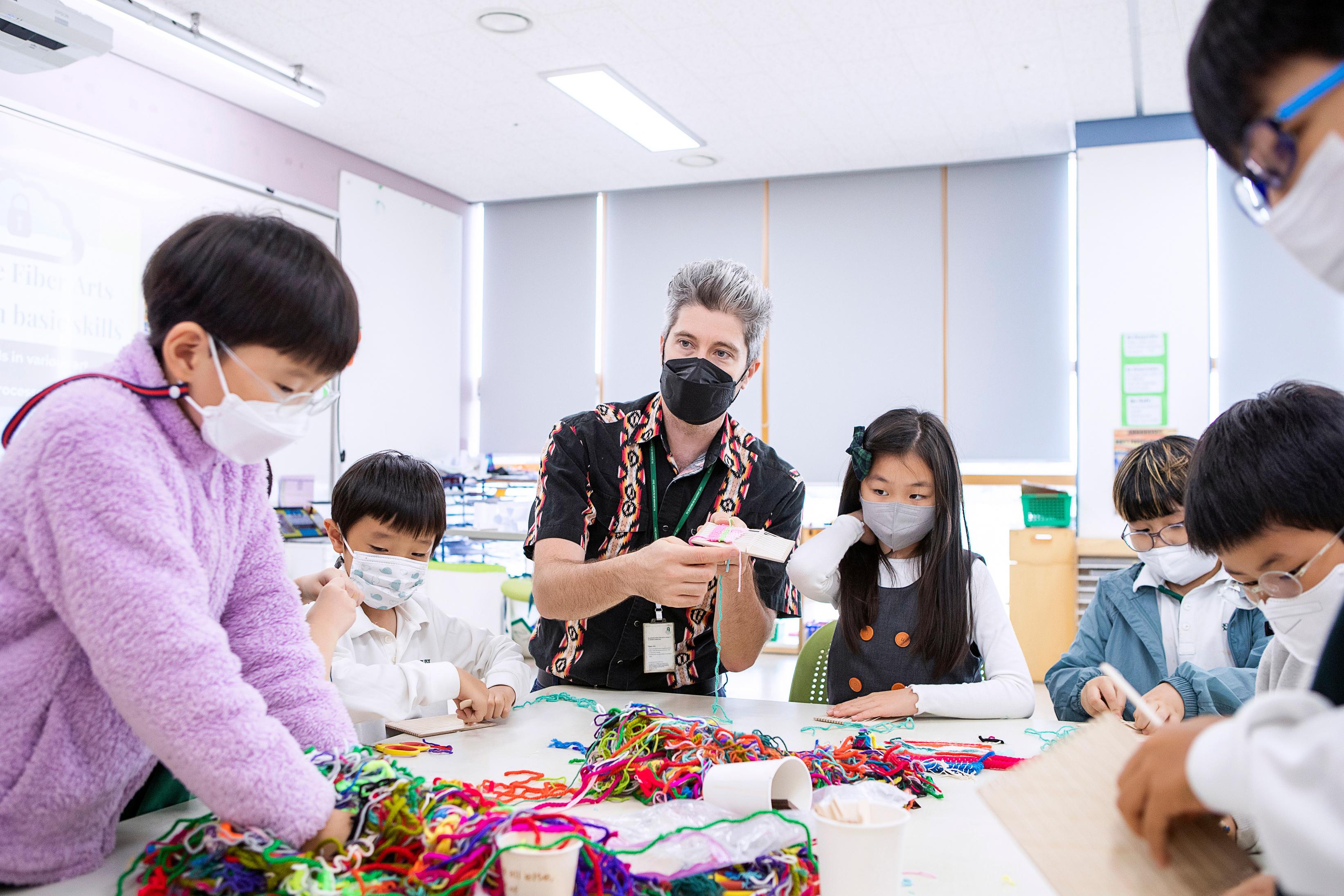
7 minute read
Elementary School Highlights
ELEMENTARY SCHOOL
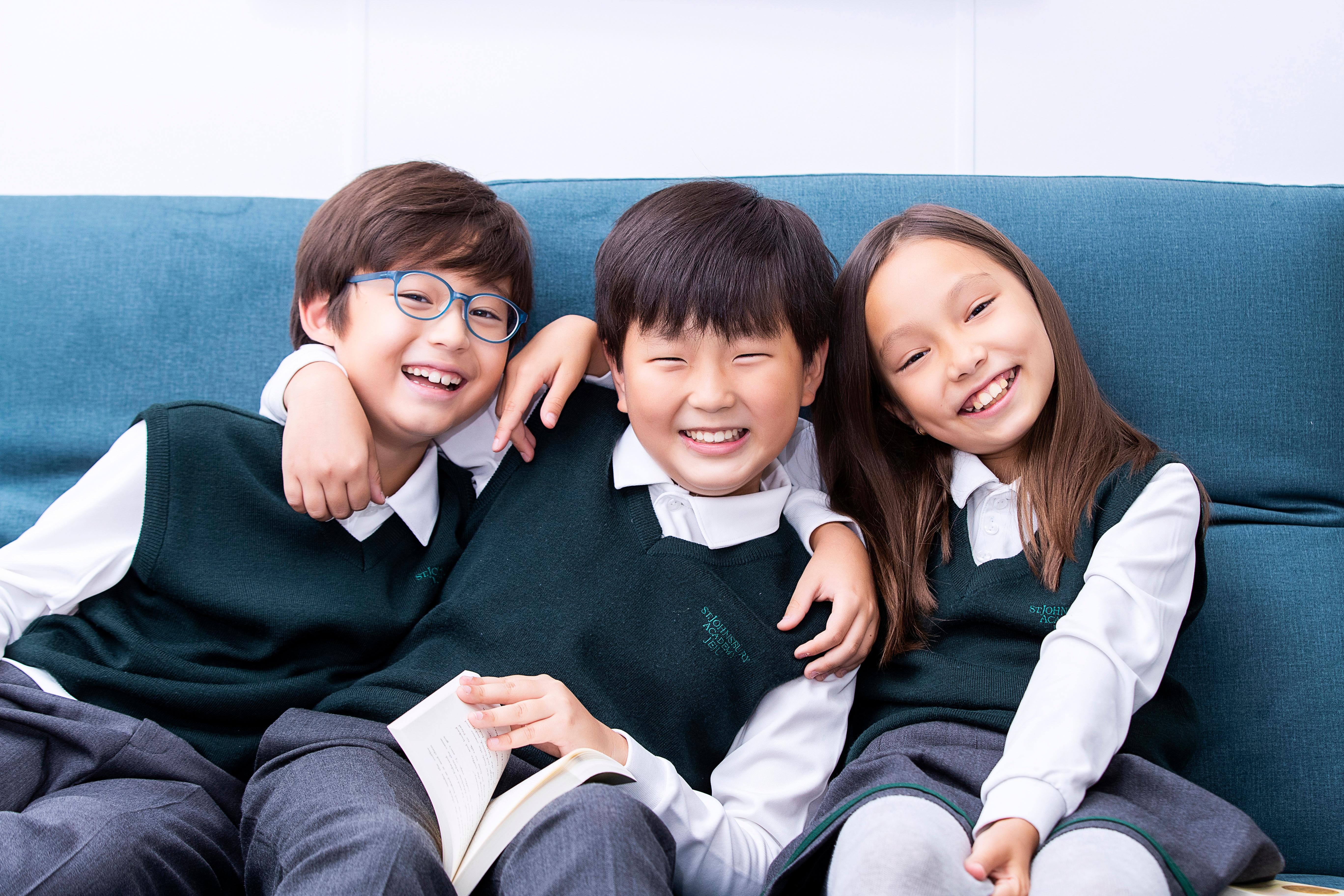
Advertisement
HIGHLIGHTS

CELEBRATIONS OF LEARNING
There is much to be celebrated in the Elementary School this year. With the challenges of Covid still with us, our students, teachers, and parents have been amazing in switching from in-school to virtual learning quickly and smoothly. We are fortunate to have most of our days this year in school, and students have been learning amazing things. Students are “living” inquiry-based, project-based learning in all areas of school life.
We continually celebrate the reading and writing of students' voices, their language development, and continued growth and development with every passing day. Play-based learning is also very important in helping to develop social and emotional skills for young children. They learn to solve problems, create, investigate, explore, participate in social interactions and develop conflict resolution skills. It is also important for the physical and cognitive skills they develop. A lot has happened over the past year, and we would like to highlight a few of the projects that the students have participated in this year. An area to celebrate is the Makerspace Design Lab badges. Students learn a new skill or learn how to use a new piece of equipment through student-produced videos. Once the student masters the skill and is able to perform the task, they receive a badge for their mastery of the skill.
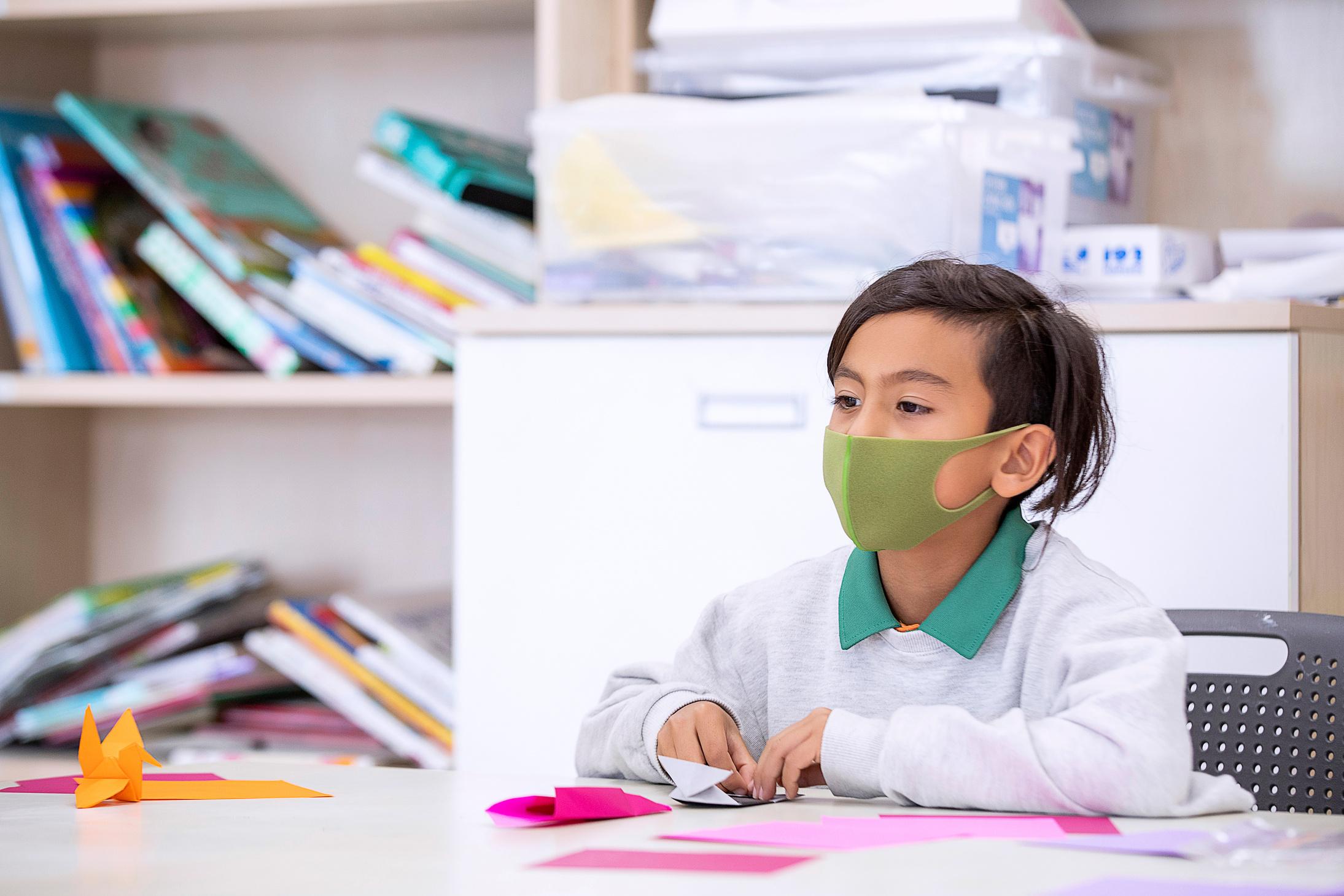
Grade 4 students use their inquiry minds to develop Rube Goldberg machines which are new inventions to help solve problems of the world.
Our Elementary School organized and participated in a service-learning project where we donated food for the homeless here on Jeju island. Students from all divisions helped to inform and educate our community about this problem and took action to help and support the homeless.
Grade 5 participated in their capstone projects this year. They thought about what they were passionate about and connected to the UN sustainable goals. Their projects included a global problem and an action to help solve that problem in our current world.
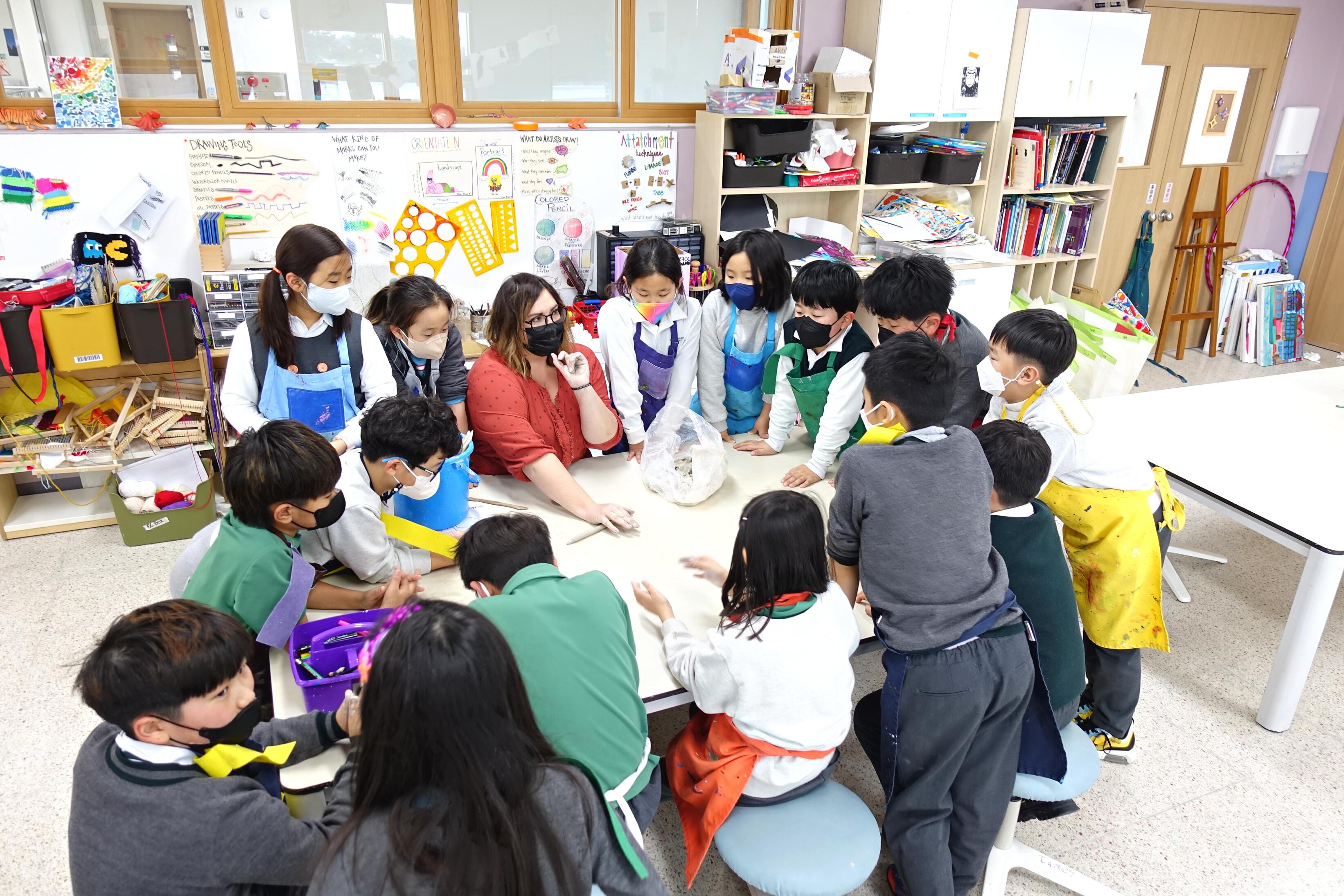
ASSESSMENT DATA
Fountas and Pinnell Reading Assessment
The Measure of Academic Progress (MAP) Assessment
82% of Grades 1-5 grew one or more levels in reading. 53% of Grades 1-5 grew 2 or more levels in reading. 97% of Kindergarteners are reading at or above grade level. 66% of grades K-5 are reading at or above grade level.
Grade 3's overall percentile in Math is 89%. Grade 3's overall percentile in Reading is 38%. Grade 3's overall percentile in Language Usage is 42%. Grade 4's overall percentile in Math is 96%. Grade 4's overall percentile in Reading is 55%. Grade 4's overall percentile in Language Usage is 61%. Grade 5's overall percentile in Math is 97%. Grade 5's overall percentile in Reading is 54%. Grade 5's overall percentile in Language Usage is 78%.
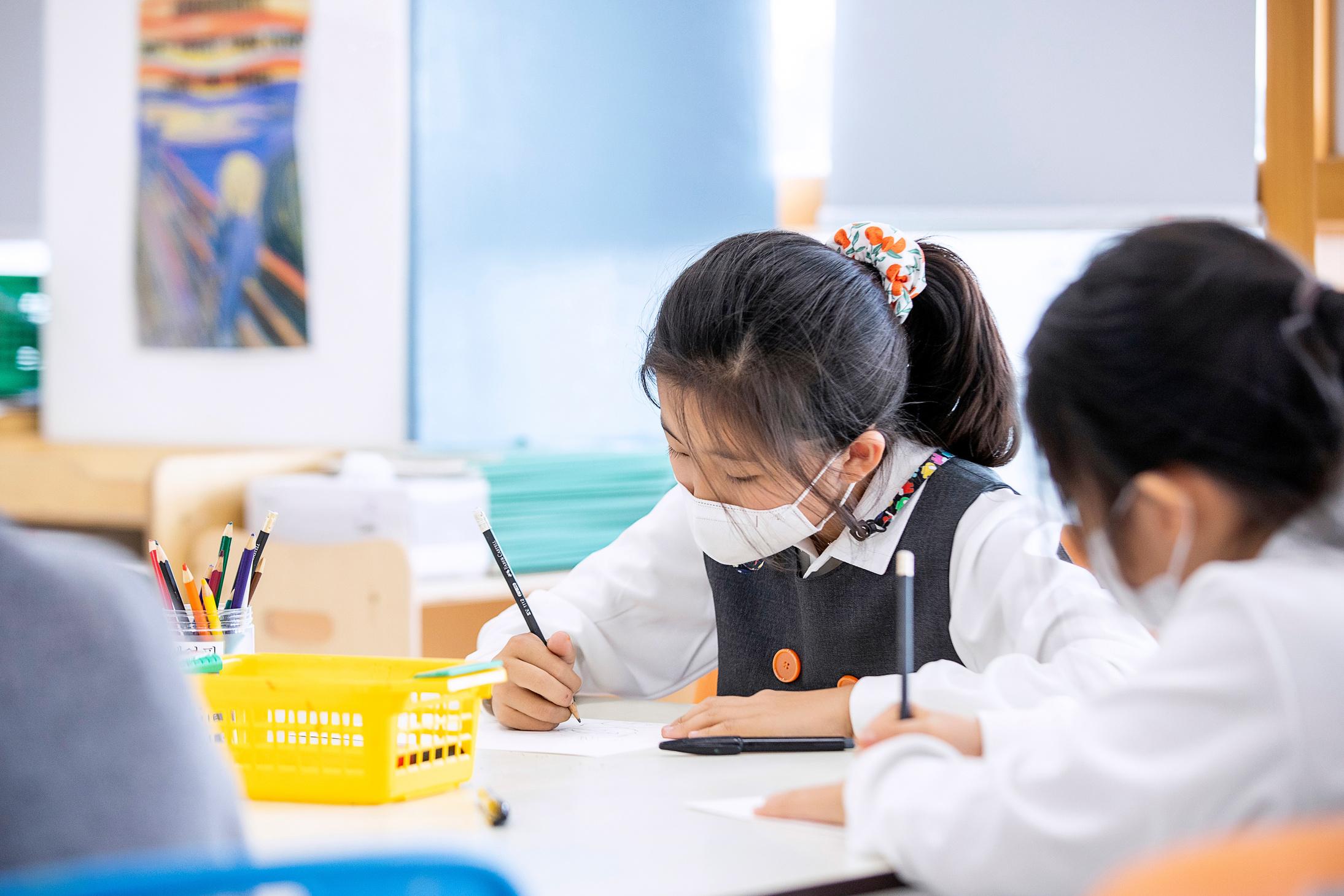
WIDA Assessment
48% percent of all the ES students tested grew more than 1 level in at least 2 language domains! 41% percent of all the ES students tested grew more than 1 level in their overall score. There was a 19% increase of students counted for growth from 2020-2021 to 2021-2022. The fall overall starting average increased from 4.2 in 2020-2021 to 4.5 in 2021-2022. 38% of students measured for growth tested out of EAL support.

TECHNOLOGY AND INNOVATION
Digital Citizenship
This is the first full school year where the personalized Digital Citizenship curriculum has been implemented. This curriculum is based on the Common Sense Media K-5 curriculum, taking some elements of game-based learning from Google Be Internet Awesome. The covered topics are Media Balance & Wellbeing, Privacy & Security, Digital Footprint & Identity, Relationships & Communication, Cyberbullying & Digital Drama, and News Media & Digital Literacy.
For EC-Grade 1, the curriculum is delivered primarily through fiction stories and opportunities for discussion and real-world connections. Grade 2 through Grade 5 have accessed explicitly taught lessons with a largely interactive component through the use of Nearpod, Seesaw, and Choice Boards. Their personal experiences and thoughts on each topic are used to connect the objective to their experiences so far in the online world and to equip them with digital-savvy skills for their future online use. The students’ reception to these lessons has been extremely positive, with many thankful they have the opportunity to discuss their online experiences in a group setting.
Technology Integration
With the variety of technology we are afforded at SJA Jeju, we can give our students amazing learning opportunities. Every subject area for PK5 has been augmented and redefined by the use of technology in some way, which has amplified the curriculum content and developed our students’ digital literacy skills. Each student at SJA Jeju has a device, whether that be an iPad or Macbook, in order to leverage technology every day of their school lives. They interact in an online learning environment through Seesaw or Google Classroom, and through these platforms, they are building their digital competencies each day alongside their peers, and with their teachers to guide them.
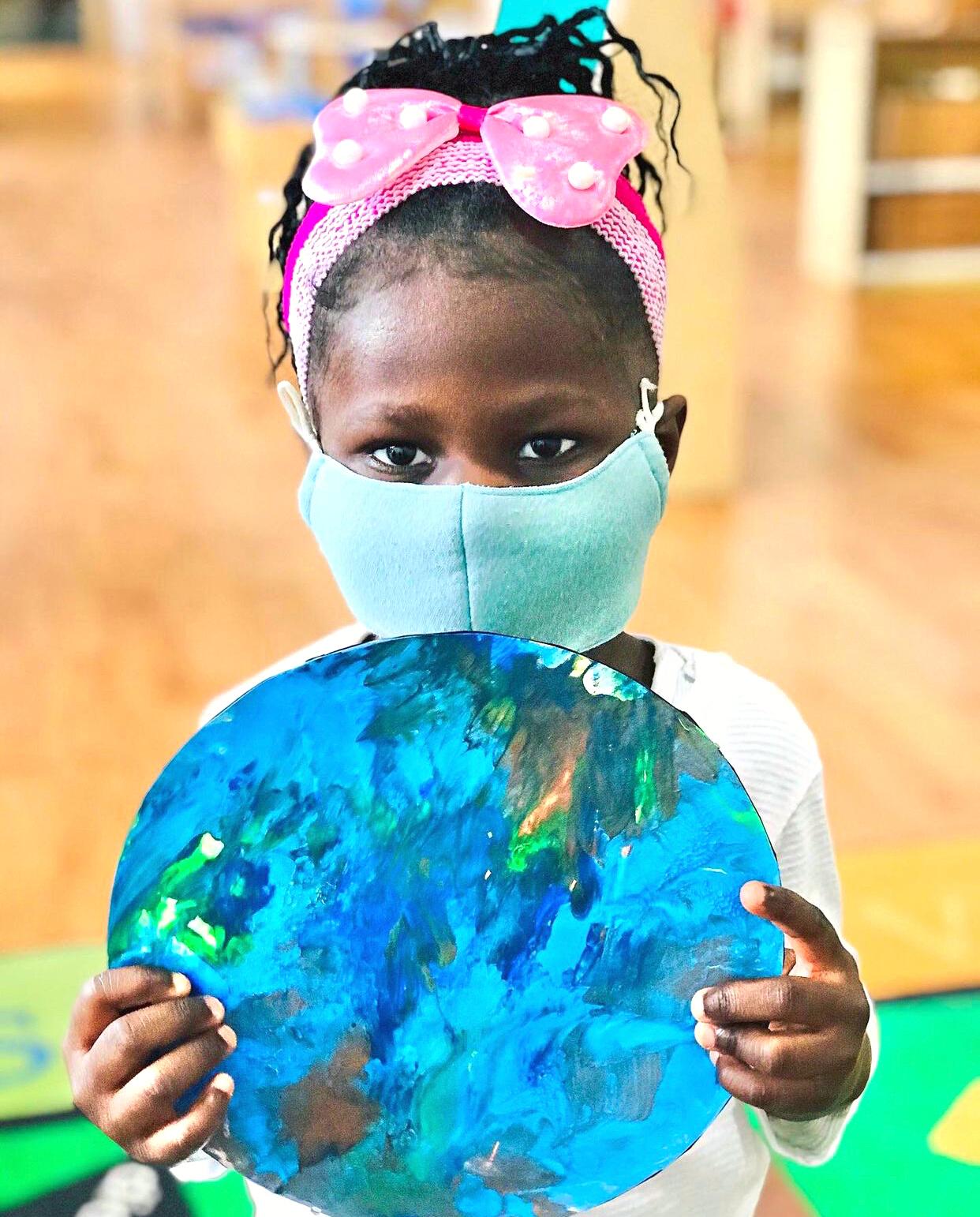
Some further examples of technology integration include using Book Creator to publish their writing pieces online, experiencing virtual reality field trips to explore their world, augmented reality (A.R) with Merge Cubes which allows students to hold learning in their hands for Science, or A.R maps to touch the countries and learn more about them for Social Studies, and A.R 3D shapes for Mathematics. Even though the basis of each lesson focuses on a subject area, with these technology experiences, students are afforded cross-curricular opportunities, collaboration, and exciting learning experiences.
Digital Tools for Capstone
Technology is a large component of the Grade 5 Capstone culminating project. Throughout the school year, Grade 5 students were exposed to an array of digital tools and platforms to explore and expand their skills through digital creation. These tools included, but were not limited to, Google Workspace, CoSpaces Edu, Book Creator, Canva Edu, iMovie, and Green Screening for video content creation. Each of these digital tools provided the opportunity for each individual student to explore their skills and find which tool they can leverage best to highlight their unique abilities. This provided students with the opportunity to experience the creative process through technology to redefine their learning and take it to a transformative level.
THE ARTS
As we continue to be under the fog of a pandemic, as an Elementary school, we still continued to celebrate the Arts in many ways throughout the school year. We have celebrated holidays and events in both the American and Korean calendars such as Chuseok, Halloween, and Lunar New Year. The students celebrated through many different art mediums and dressed in traditional clothing. The Music teachers have given us amazing musical concerts where students not only sing but play instruments and create their own music. These concerts are during December and May when each grade level has its opportunity to shine.
We have numerous art displays throughout the school in classrooms, hallways, exhibition areas, and even the PAC lobby areas with hanging displays. One of the most exciting times of the year is the Elementary Art Show. One piece of artwork is displayed by every student in the school. Students and teachers have an opportunity to walk around and learn about their art and why they chose the artwork that they did. We even filmed a virtual tour for our parent community. Grade 4 & 5 students have the opportunity to participate in the ES Musical, FAME Junior Performance. Students have dedicated two afternoons and some Saturdays to rehearse and get the show ready to perform in May. We are lucky to have amazing teachers and students that are hardworking and talented to make this one of the most incredible events of the year.
Throughout the year, the Music and Art teachers have worked collaboratively with all the different grade levels to integrate art and music into their Units of Study. Some examples include creating medieval music in music class or the Counselor collaborating with the Art teacher in their “Identity” unit, where students made self-portraits of themselves and how they identified themselves. Very powerful to observe.
